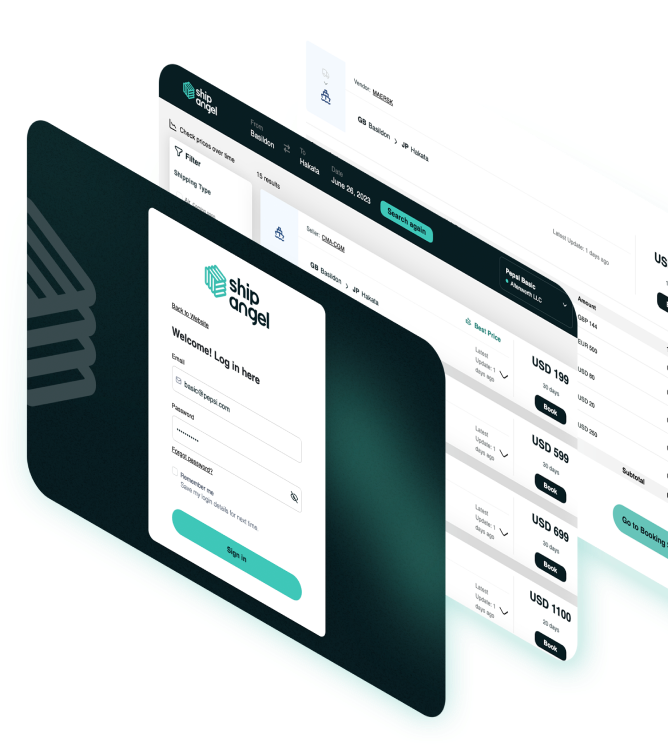-3.png)
For decades, freight audit has been one of the slowest and most painful processes in supply chain management. On average, 1 in 3 freight invoices contain an error, most of them overcharges. Shippers end up overpaying while teams burn weeks manually chasing, checking, and reconciling line items. Legacy providers made the process even slower, often relying on offshore BPO centers that dragged audits out over 60–90 days.
That era is ending.
AI Makes Audit Instant
AI is uniquely suited for freight audit. It can parse every invoice, line by line, with near-perfect accuracy. Whether an ocean carrier bills on gate-in versus onboard date, or whether a surcharge should apply on a specific lane, AI can validate it in seconds. And it can do this continuously - every invoice, every day, across every carrier.
The result: freight audits that no longer lag months behind reality, but keep pace with the actual flow of trade.
Why Ship Angel’s Audit Is Different
At Ship Angel, we approached freight audit from first principles. Instead of bolting it onto a legacy workflow, we built it as part of a unified Rate System, so turning it on is as simple as enabling a module.
We also leaned into a concept we call Shared Components. After creating the world’s first AI that could read ocean freight rate sheets at scale, we reused the same stack to read invoices, a task that turned out to be ten times easier. That’s the power of building with reusable, elite-tier software blocks.
And because audit is native to the same system that houses rates, bookings, and vendor collaboration, the data flows seamlessly into other modules and external systems. No silos. No extra handoffs.
Why Legacy Models Can’t Compete
Legacy audit providers depended heavily on manual labor. That model doesn’t scale, and it won’t survive. Audit is best delivered as part of a broader platform, one system that minimizes the sprawl of disconnected applications shippers use to manage their global supply chains.
What This Means for Shippers
- Accuracy: Invoice errors caught in real time, not months later.
- Speed: Audits completed in seconds, not 90 days.
- Savings: Overcharges identified before payment leaves the door.
- Simplicity: One system for rates, bookings, and audit, instead of three.
Freight audit is no longer a bottleneck. It’s becoming a continuous, automated process, another step toward supply chains that run at the speed of modern trade.
Join the movement: Speak with an expert
 Graham Parker
Graham Parker
 October 2, 2025
October 2, 2025
